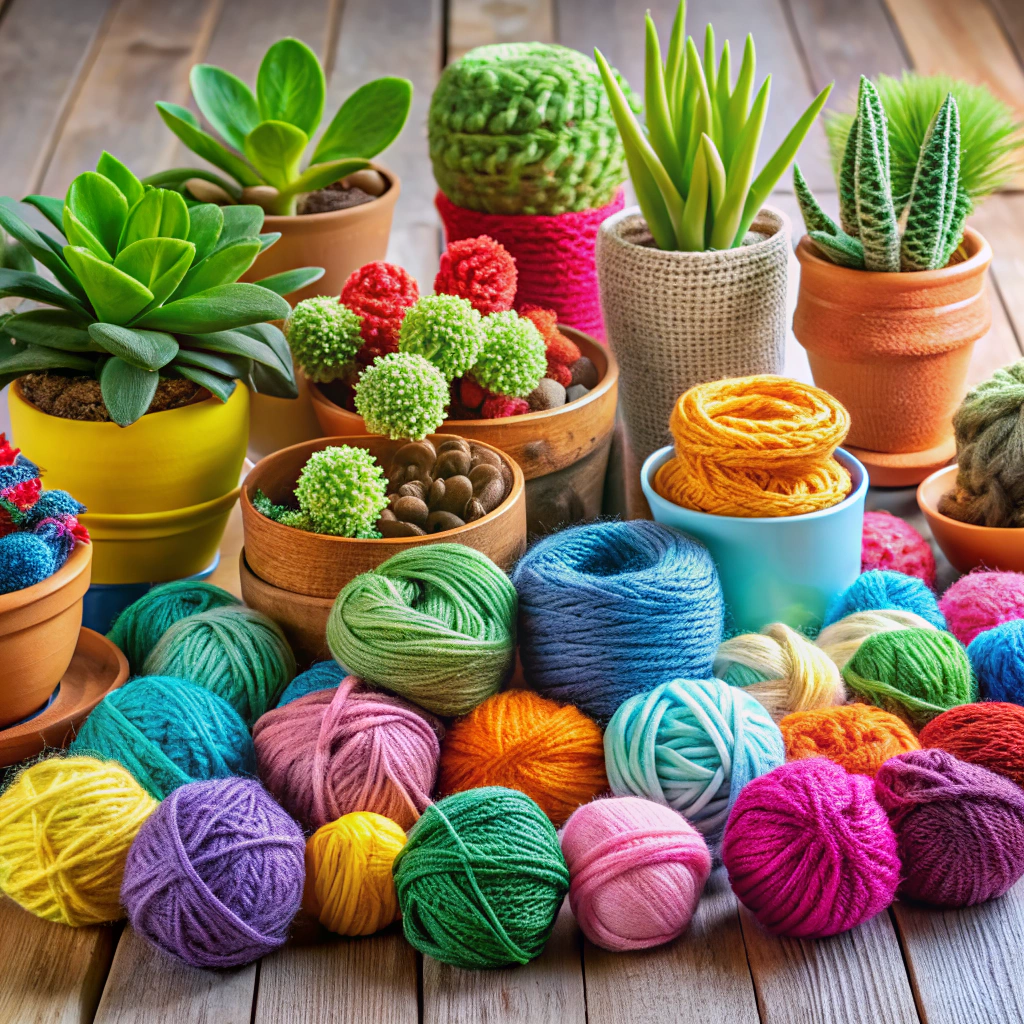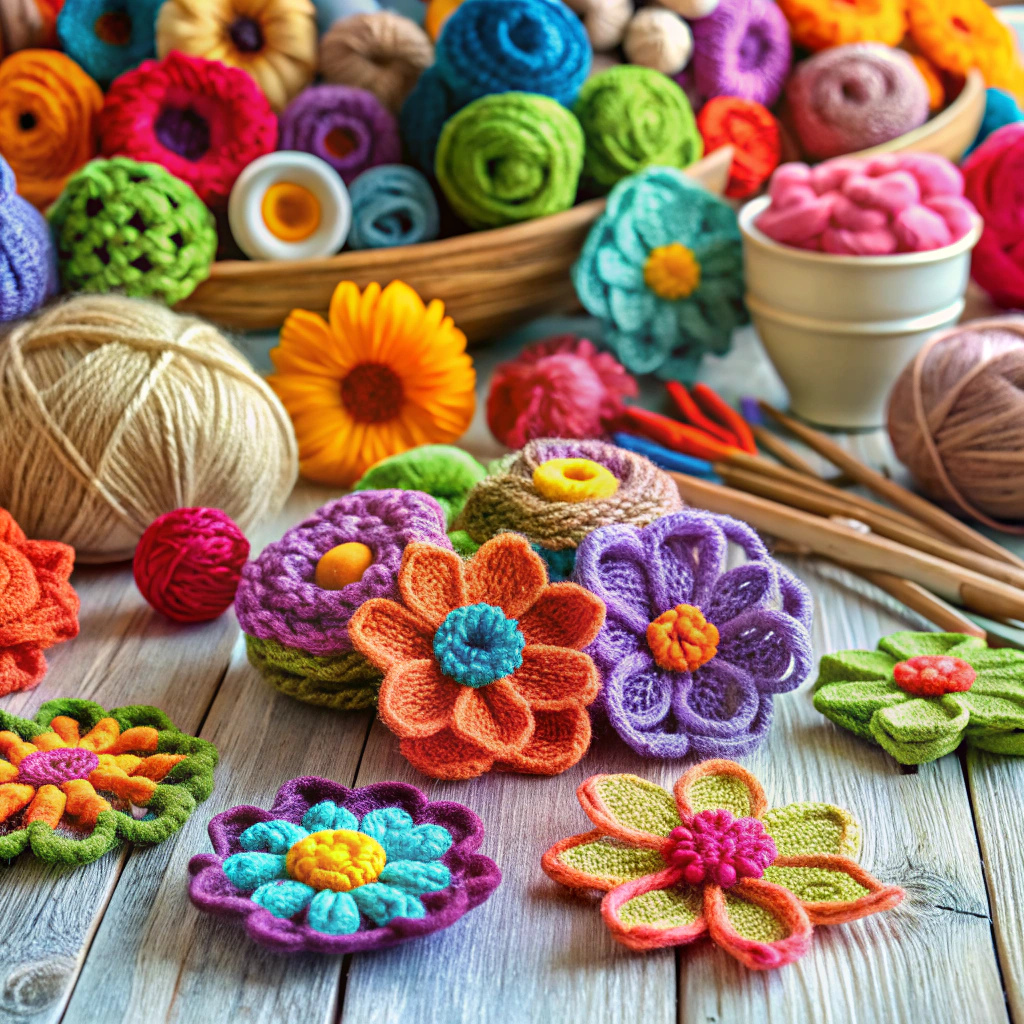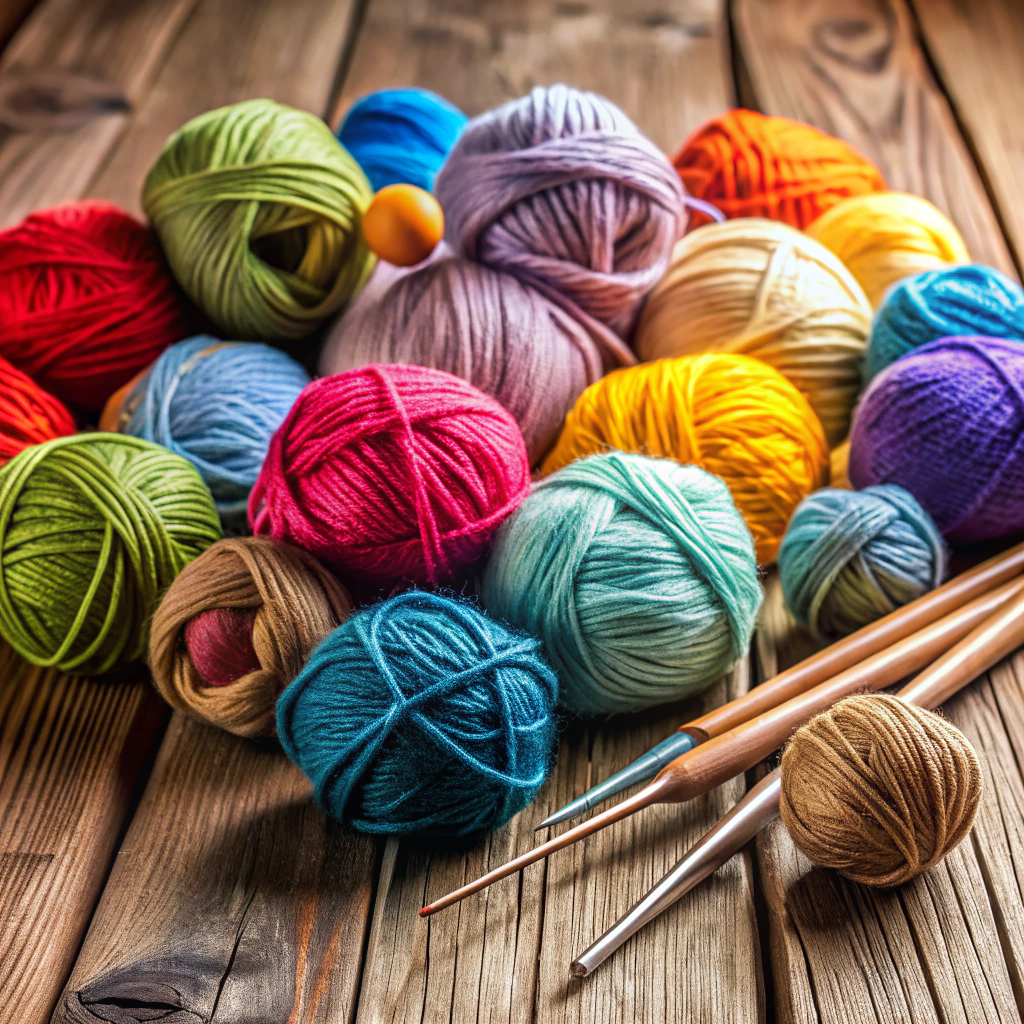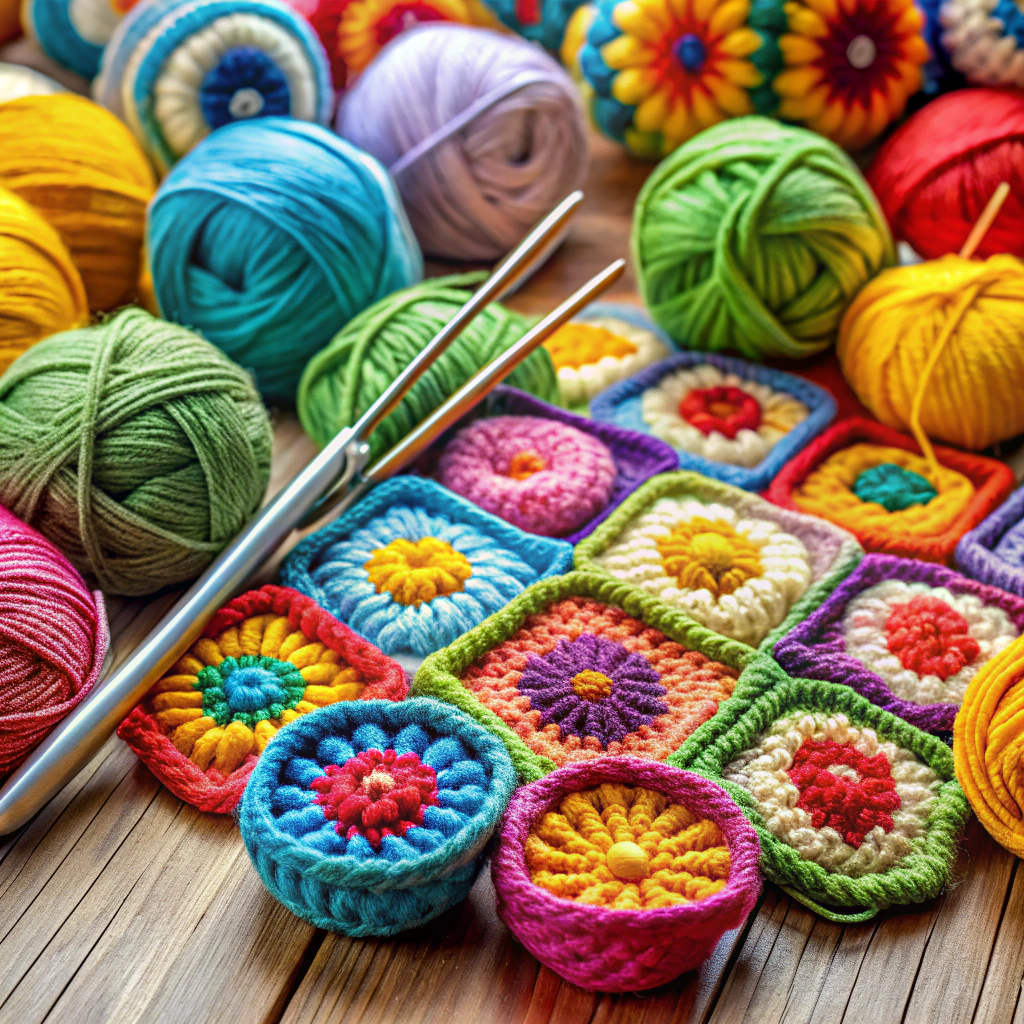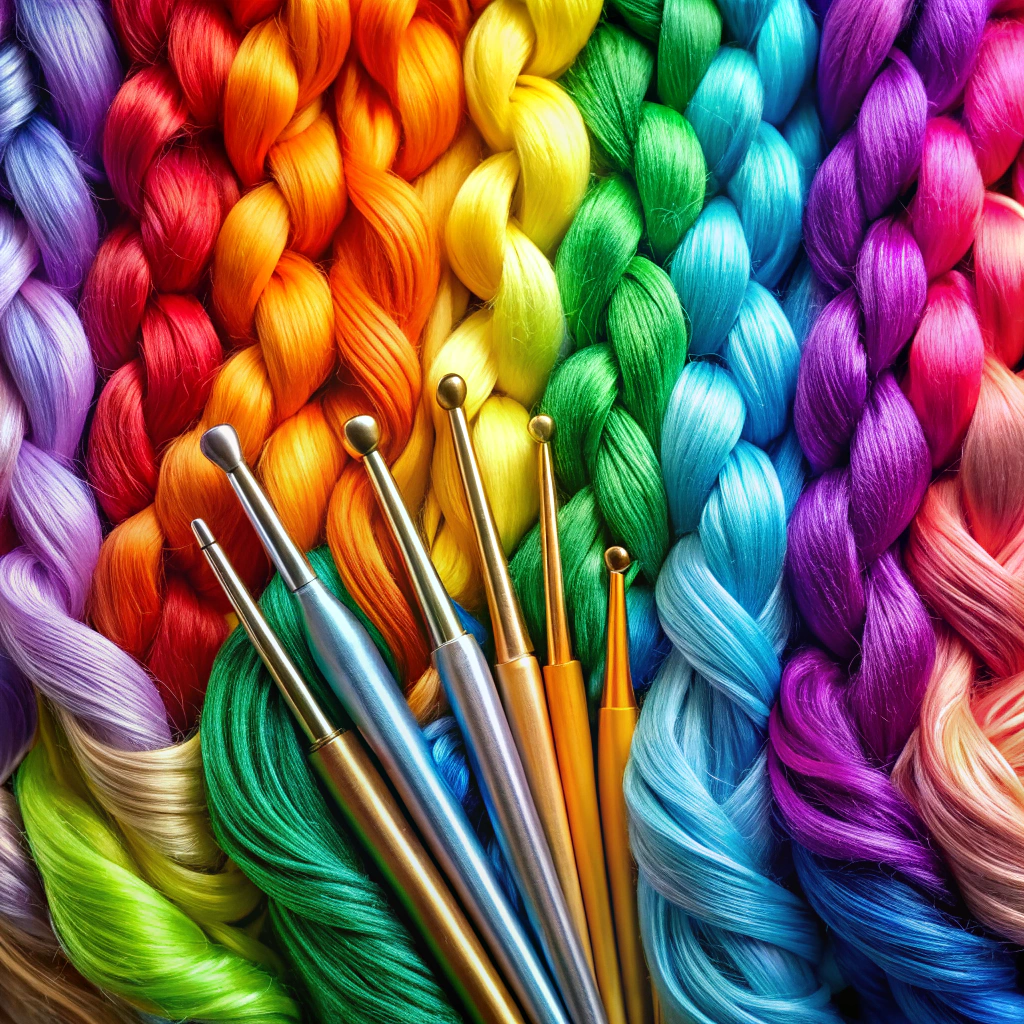Discover the simple technique of yarn over in crochet, a fundamental step that plays a pivotal role in creating various stitches and patterns.
Yarn over is a fundamental crochet technique used in various stitches and patterns. It involves wrapping the yarn over a crochet hook, which creates loops that can be worked into stitches.
To execute a yarn over, hold the crochet hook in your right hand and the yarn in your left. Wrap the yarn from back to front over the hook. Then, draw the yarn through the loop already on the hook. Voila, you’ve just completed a yarn over!
This article provides a comprehensive guide on the yarn over technique, including step-by-step instructions, tips for beginners, and how it is used in different crochet patterns.
Key takeaways:
- Yarn over is a fundamental crochet technique.
- Yarn over involves wrapping the yarn over the hook.
- Yarn over is used in various stitches and patterns.
- Yarn over adds height and texture to crochet fabric.
- Yarn over is different from yarn under and affects stitch appearance.
Understanding the Term “yarn Over” in Crochet
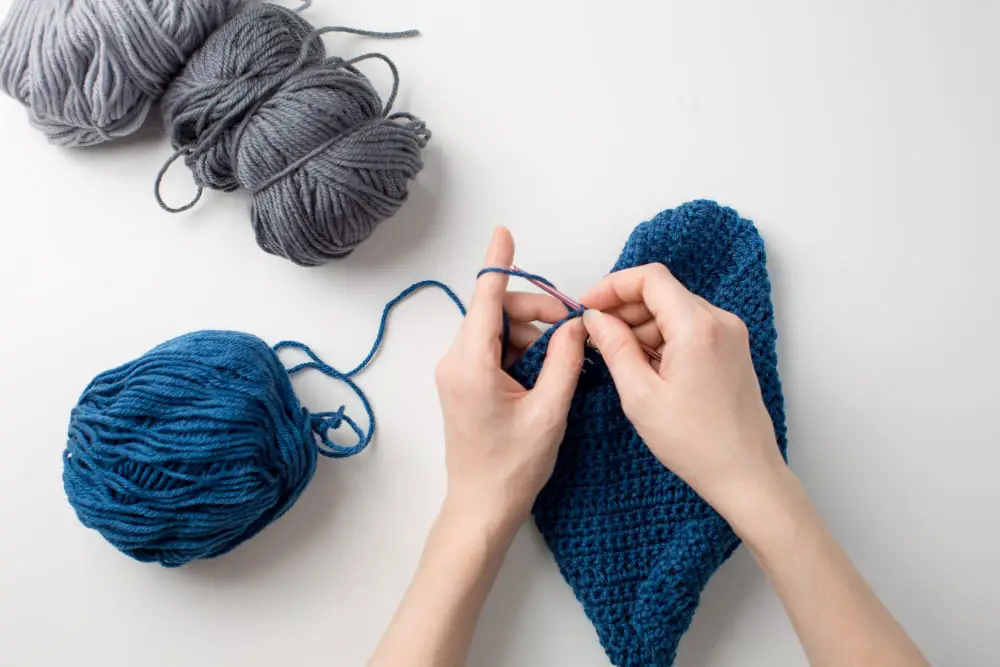
In crochet vocabulary, the term “yarn over” is quite popular and essential. Often noted as ‘yo‘ in written patterns, it refers to the simple task of wrapping the yarn over your crochet hook.
The maneuver involves threading the yarn from the back of the hook towards you and then over to the back again.
It’s an integral component of crochet stitches, especially in creating loops that develop the bulk of crochet patterns.
Comprehending this technique plays a crucial role in mastering other complex stitches such as single crochet (sc), double crochet (dc), or treble crochet (tr).
Understanding yarn over helps in decoding written crochet patterns more fluently.
It gives you control over the tension of your yarn, affecting the final look of your project.
Remember, getting it right requires practice but once you do, it will become as easy as the flick of a wrist.
The Right Way to Yarn Over in Crochet (with Step-by-step Visuals)
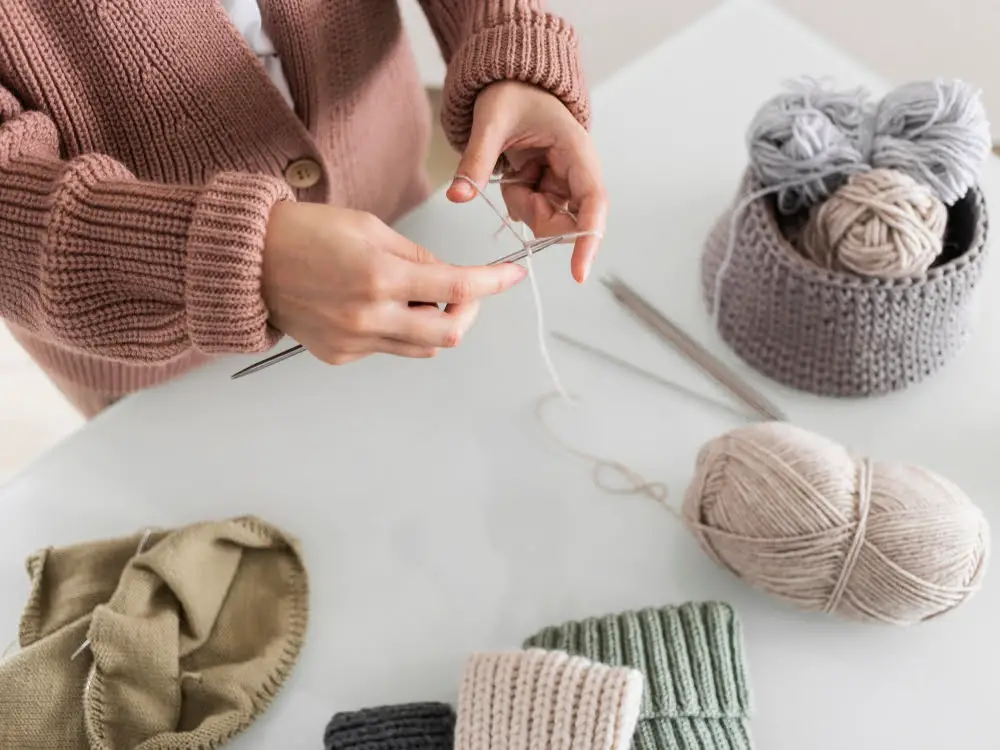
Begin by holding your crochet hook in your right hand, much like how you would hold a pencil, with the hooked end facing toward you. Your yarn should be on your left side while your crochet hook is in the right hand.
Place the yarn between your thumb and index finger, guiding it over your left index finger, under the middle finger, and then over the ring finger. This will keep the yarn secure and provide the necessary tension.
Now for the actual yarning over process – take the hook, move it over and then under the yarn. You should see a loop around your crochet hook.
Pull the hook with its loop through your current stitch. The old loop you had on your hook should now be off, and the new loop from your yarn over should now be on your crochet hook.
Remember, the yarn should always come from behind your hook to effectively yarn over in crochet.
Within these simplistic steps hides the magic of the yarn over technique: a building block for creating the multitude of stitches in crochet. Practice until your hand movements become automatic and smooth, this will enhance your rhythm and speed in crocheting.
The Significance of Yarn Over for Beginners
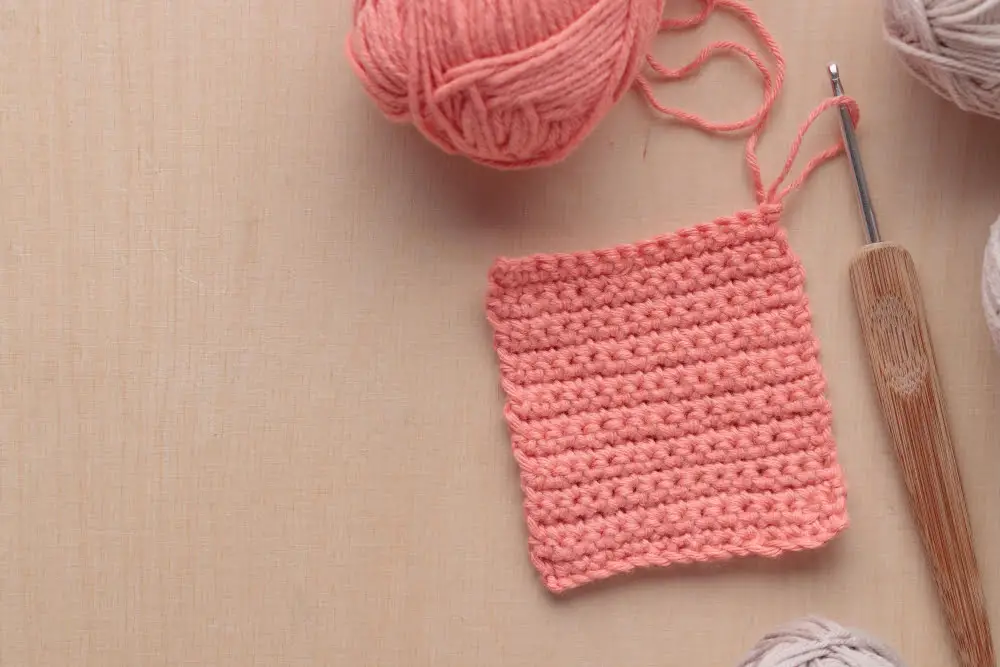
Mastering the yarn over technique opens doors to a plethora of exciting crochet patterns for beginners. Not just a basic stitch, it’s a crucial element in making every crochet stitch. It adds height and texture to the fabric creating diversity in the pattern.
Here are some key points to understand:
- Yarn over increases the number of stitches on your hook, enabling the formation of complex and decorative designs.
- It’s used in various stitches beyond the basic ones, including double crochet, treble crochet, and half-double crochet.
- By varying the number of yarn overs before a stitch, one can create different sizes of stitches. More yarn overs before a stitch results in taller stitches.
- Yarn over is also used when you decrease stitches, by leaving loops on the hook and pulling the yarn through them at once.
- It’s an integral part of creating intricate stitch patterns like shells, clusters or fans.
Understanding and practicing the yarn over technique can elevate your crochet work from simple to extraordinary, making it a significant skill in a crocheter’s repertoire.
Comparison Between Yarn Over and Yarn Under in Crochet
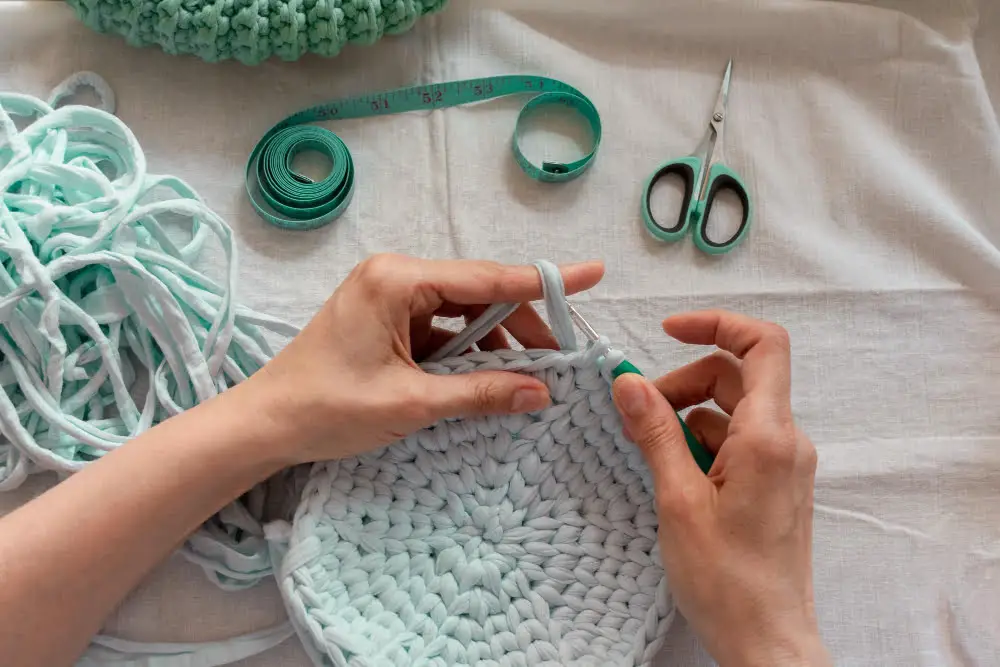
In crochet, both yarn over and yarn under techniques play prominent roles, but they yield different results and affect the final output. Here’s how they differ:
- The yarn over technique involves bringing the yarn from the back to the front, offering taller, looser stitches, emphasizing texture.
- Conversely, yarn under means moving the working yarn from front to back, this results in tighter, shorter stitches, creating a more compact fabric.
- Implementing these techniques adds versatility to crochet work. Switching between them affects the tension and appearance of the stitches.
- For a similar sized stitch, yarn under uses slightly less yarn than yarn over, making it more economical.
- Lastly, while yarn over is more commonly used in traditional crochet patterns, yarn under is a popular technique in amigurumi and other forms of toy-making due to its dense fabric result.
Remember, practicing both techniques can expand your crochet capabilities and open up a wide array of project possibilities. Experimenting with both will help you discover the effects on your work and develop your unique crochet style.
Video Tutorial On Yarn Over Vs Yarn Under
In the video tutorial, you’ll notice these significant distinctions between yarn over and yarn under:
- Holding the yarn: For yarn over, the yarn is held over the crochet hook, whereas, for yarn under, it’s passed under the hook.
- The twist: Yarn under creates a twist in the yarn that’s not present in yarn over.
- Stitch appearance: Yarn over creates a taller, more open stitch, while yarn under is more compact and tight.
- Tension variance: Crocheting with yarn under can create tighter tension which could affect the overall shape and size of your work.
To apply these two techniques, follow the given steps:
Approach a dummy practice stitch, wrap the yarn over or under the hook (as per the method), pull through the next two loops on your hook, and proceed to the next stitch. For each method, just repeat the process until your piece reaches the ideal length. Practice both techniques to see the difference in the final product.
Applying Yarn Over in Single Crochet Practice
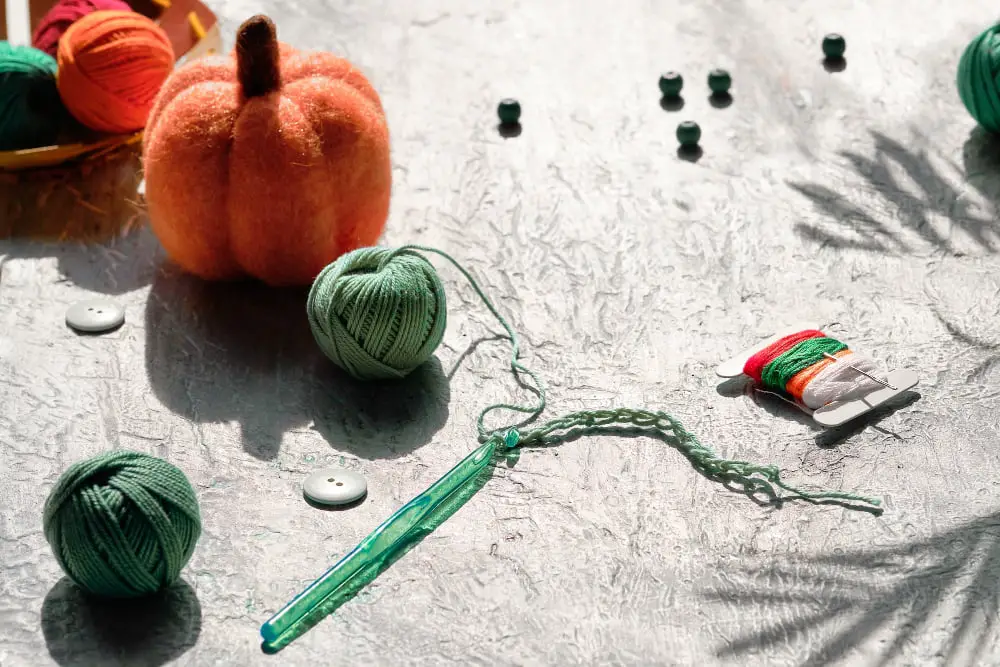
First, ensure you have a firm grip on your crochet hook and yarn. Start by making a slipknot on your hook.
Next, insert the hook into the next stitch of your previous row or round. You should now be holding both the crochet hook, with the loop that went through the stitch, and the source of yarn in your hands.
Now, bring the yarn over your crochet hook from back to the front – this is the yarn over (“yo“) process. With the yarn over your hook, you should see two loops around it.
Then, you must pull the yarn through the loop that you just made, leaving the loop from the yarn over and the original loop on your hook.
Finally, yarn over once again and draw through the two loops on your crochet hook. This completes the single crochet.
Remember, the main point in single crochet is to have just one yarn over and two loops pulled through. That is the crux of how a single crochet stitch, utilizing yarn over, comes together. If a mistake is made or a step is missed, it can be neatly undone by slipping the loop off the crochet hook and pulling the yarn. Practicing this over and over on samplers and dummy projects will lead to perfection. The use of different yarn types and hook sizes will enhance proficiency over time.
In conclusion, applying yarn over in single crochet practice may seem detailed, but with steady hands and clear instructions, it becomes an easy, enjoyable activity. Just remember these steps: slip knot, insert the hook, yarn over, pull through, yarn over again, and pull through two loops. Happy crocheting!
Addressing the Question: Is Turning Necessary for Yarn Over in Crochet?
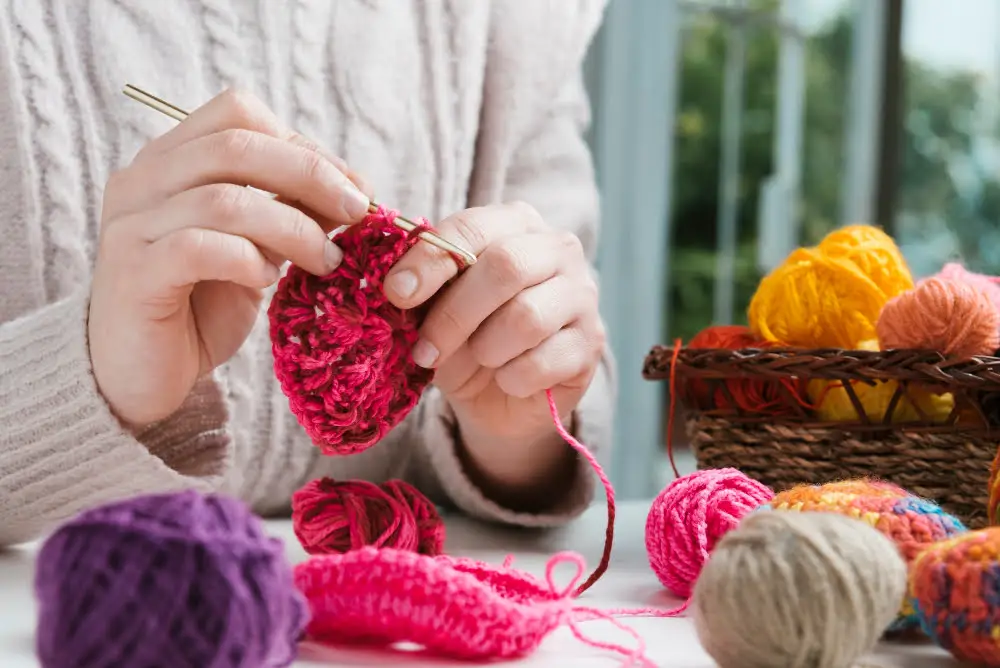
Turning is not inherently necessary during the yarn over process. However, it plays a crucial role in shaping the work and starting new rows depending upon the pattern. Although for beginners it might seem a little daunting, this method becomes an automatic reflex with practice.
- Turning allows for the development of texture and depth in your crochet work.
- Typically, a pattern will instruct to turn the work only at the end of a row.
- When crocheting in rounds, turning might not be required. In these instances, the work is usually done in a continuous spiral, meaning you do not need to turn after each round.
- The decision to turn or not can affect the project’s final look. For example, some stitches like the Moss Stitch require you to turn after every row to create its unique, woven appearance.
Remember, no matter the method employed – turning or not, consistent technique is key in achieving an even, professional look.
FAQ
Do you always yarn over in crochet?
In crochet, you typically yarn over, but some crocheters unknowingly perform a yarn under instead at a critical stage.
Why can’t I crochet over yarn?
The inability to crochet over yarn can arise if it is not wrapped correctly from the back to the front, leading to twisted and tangled stitches in the process.
What is the difference between yarn over and yarn under in crochet?
In crochet, the difference between yarn over and yarn under is that yarn over involves placing the hook under the yarn and pulling the yarn over the hook from back to front, while yarn under involves placing the hook over the yarn and pulling the yarn up from front to back, with each technique potentially affecting the appearance of the completed stitch.
What effects can the yarn over technique create in different crochet patterns?
The yarn over technique in crochet patterns can create a variety of effects, including increased stitch width, additional texture, and variations in pattern complexity.
How does the yarn over method differ between various crochet stitches?
The yarn over method differs between various crochet stitches in the number of times the yarn is wrapped over the hook and the manner in which it is pulled through the existing loops to create different stitch heights and textures.
Could incorrect yarn over technique affect the overall quality of a crochet project?
Yes, an incorrect yarn over technique can negatively impact the overall quality of a crochet project, leading to irregular stitches and a non-uniform texture.

